A team of scientists on a drilling vessel off the Azores (Portugal) has collected the first samples taken from the mantle surrounding the Earth's core.
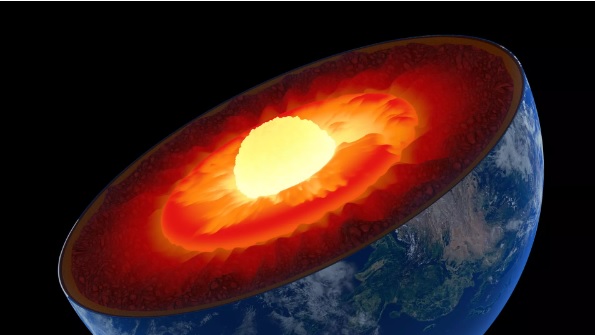 |
| The Earth is made up of three main layers: the crust, the mantle, and the core. Photo: Argonne National Laboratory |
They hope these samples will shed light on the chemical reactions that gave rise to life on our blue planet.
According to Sputnik, scientists achieved this achievement thanks to a rare location on the bottom of the Atlantic Ocean. Normally, the mantle lies kilometers deep compared to the Earth's crust. However, at a special location on the bottom of the Atlantic Ocean - the underwater mountain Massif, humans can pierce the crust on the seabed at a depth of only 1.2 km and take samples in the mantle. In previous attempts to collect samples, scientists had to calculate that they had to drill through the Earth's crust 32 km thick to reach the mantle.
According to scientists, the success of the JOIDES drill ship far exceeded what was predicted, and instead of a small sample, scientists obtained a large volume of soil samples in the mantle.
“We haven’t had a hole drilled this deep into the Earth’s crust since 1960. We’ve achieved something that has been puzzling the scientific community for decades,” Andrew McCaig, the expedition’s chief scientist, told US media.
Although the team’s JOIDES drill only reached the boundary between Earth’s crust and mantle, called the Moho after Croatian seismologist Andrija Mohorovičić who discovered it in 1909, the rocks it collected were relatively untarnished samples of mantle rock called peridotite. Normally, mantle rock can be found on the surface after a volcanic eruption, but by then it has been damaged by molten lava.
Scientists have also launched projects to reach the Earth's mantle in the past, but they have failed. The first was an American project in the early 1960s off the coast of Mexico called Project Mohole, which only managed to drill to a depth of 108 m below the seabed. The second was a German project in Bavaria from 1987 to 1995, with the super-deep hole KTB reaching a depth of 9.1 km but had to stop when it came into contact with rock at a temperature of 260 degrees Celsius.
However, the deepest point ever reached by humans is the Soviet Kola Superdeep Borehole, drilled in the far northwest of the country between 1970 and 1995, reaching an astonishing depth of 12.2 km. However, the workers on this project could not go any deeper because molten rock continuously melted the drill bits.
According to Baotintuc.vn
Source link






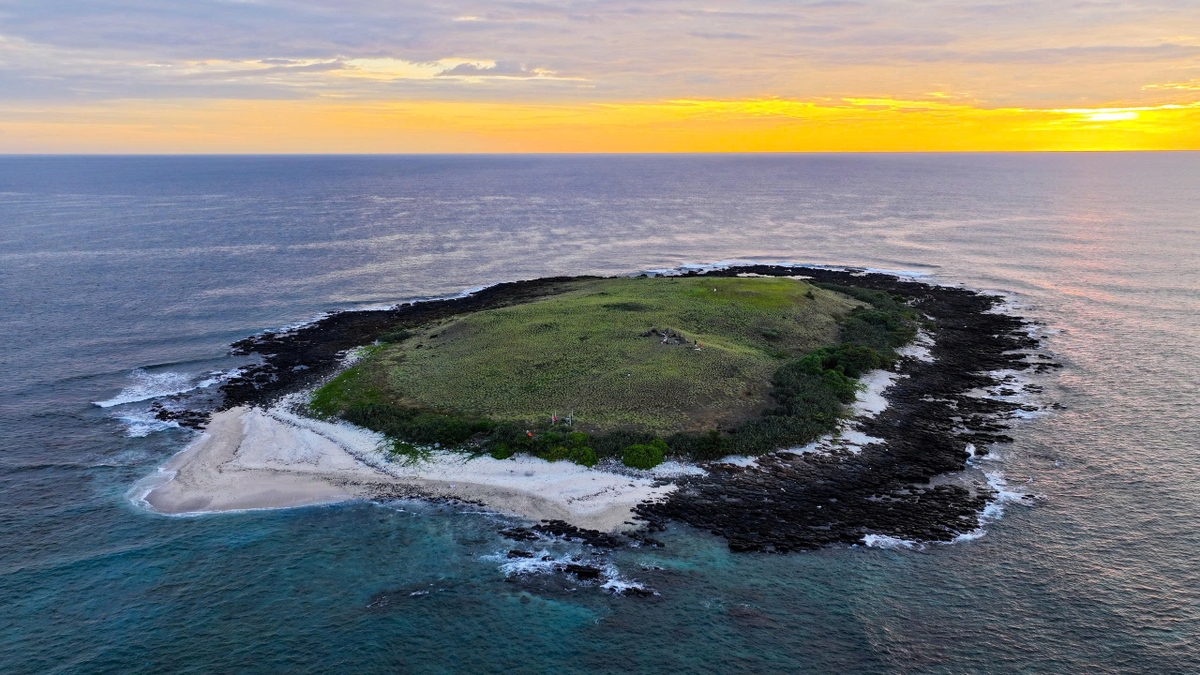
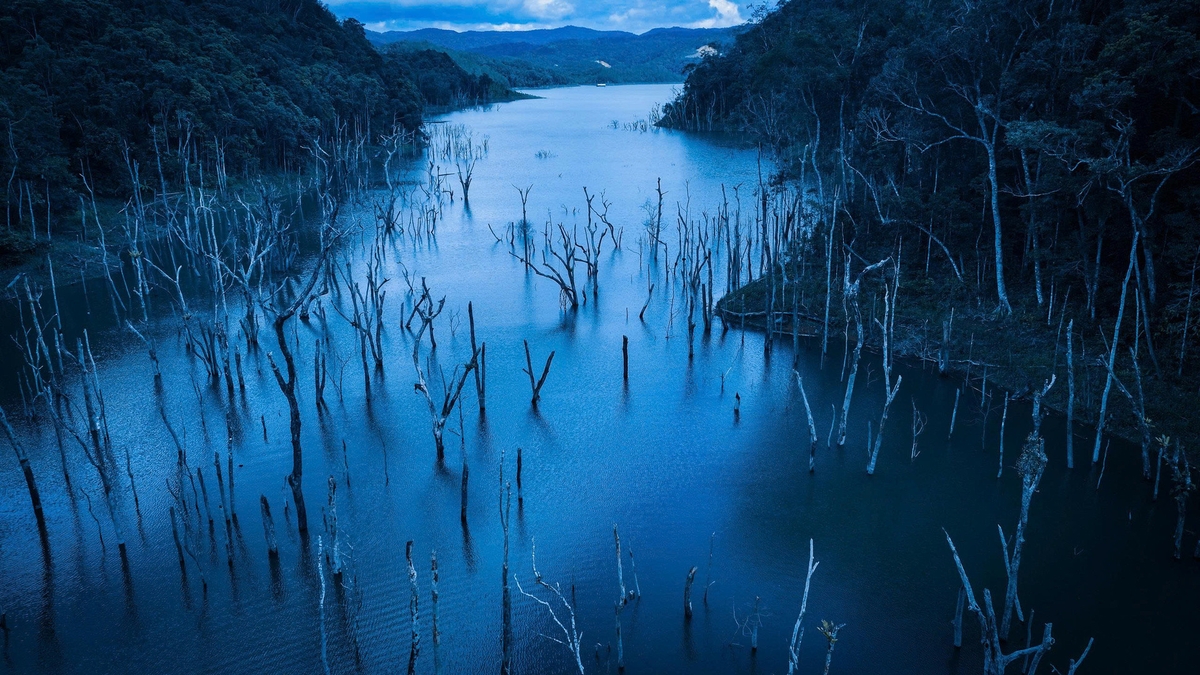









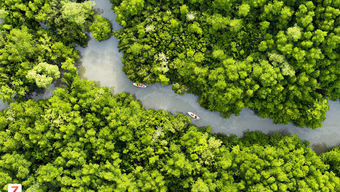






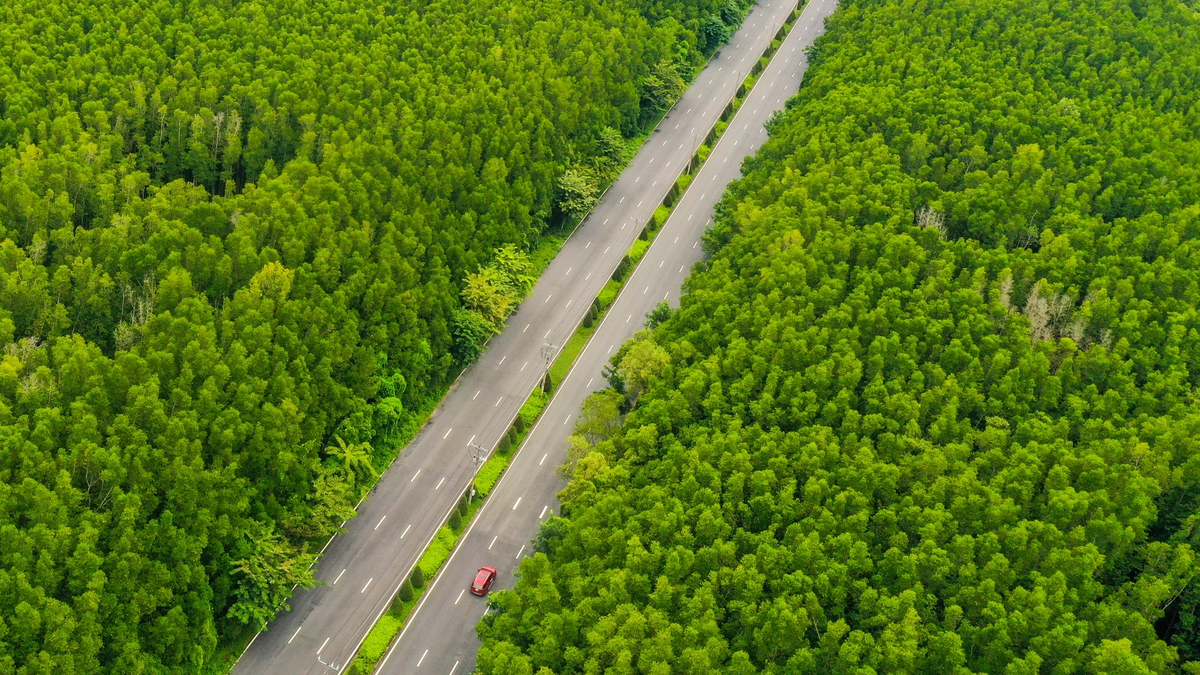








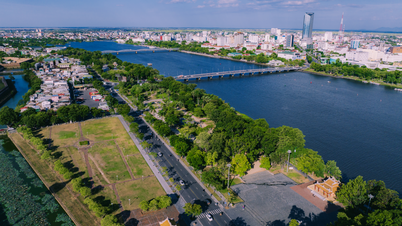

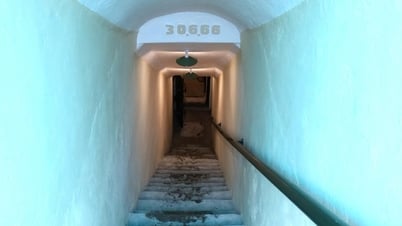





























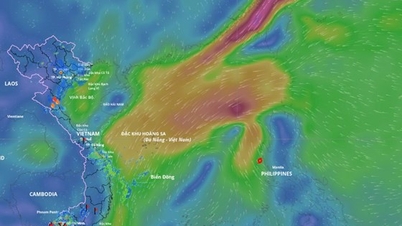


































Comment (0)